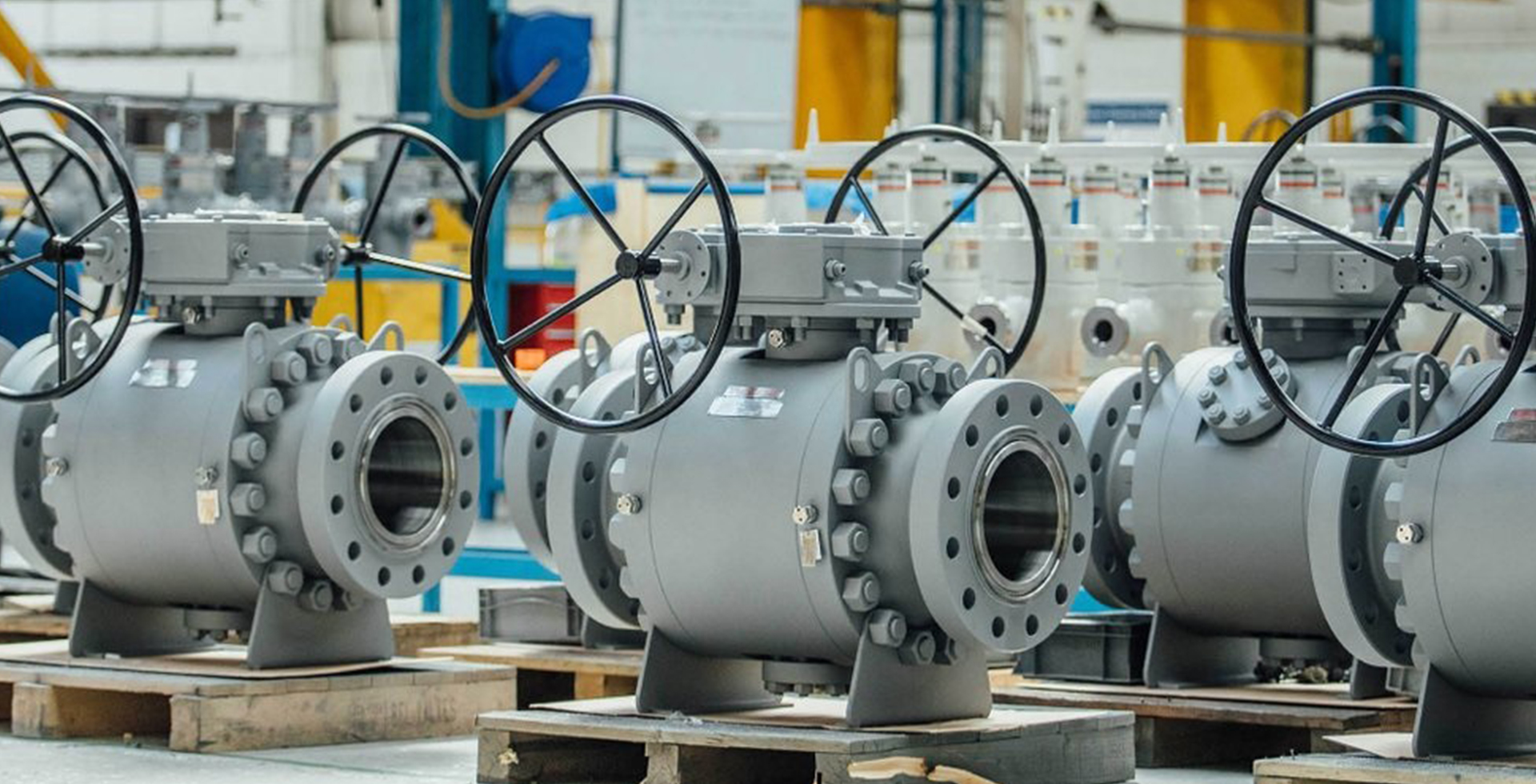Check valves are crucial to the performance of a flow system, yet they rarely get the due they deserve. They not only maintain pressure in a system but also stop any backflow. Check valves also allow media to flow in just one direction and safeguard pumps and other equipment from damage.
However, for check valves to function correctly, they have to be sized right. That's what we look at today with the help of leading check valve suppliers in Singapore.

The mechanism a check valve uses to stop the reverse flow of media can be a piston, disk, ball or other, which changes the type of valve. In addition, the flow of a check valve can be lift style, straight through or angled.
Each variety of check valve has its benefits – some are useful for media containing solid or fibres, some are ideal for vertical flow, and some allow for in-line repair. For example, a swing check valve is advantageous because it allows the pipeline to be inspected and cleaned using a pig unit.
Also Read : Selection Criteria For Check Valves: How To Choose The Right One
Check valves also come with accessories that support their performance. For example, to match the closing rate of the valve to that of the application, a mix of springs, dashpots, levers, air cushions, and weights can be used. This ensures that a water hammer or valve slam doesn't occur. Another accessory can be a backwash device that helps clear debris that gathers at the valve bottom. One more would be position indicators that offer operational data.
In a check valve, the fluid flow opens the valve, so knowledge of the media's characteristics and flow are pivotal. Answers to the following are critical:
Understanding these characteristics will help pick the right type of check valve for the application, and it will help assess any special material requirement.
Every manufacturer and supplier will tell you that reliable check valves have to be the right size. And it is not the size of the pipeline that determines the correct size of the valve. With check valves, you have to size them to the flow they are going to handle. Only then do they offer stable performance and last a long time
So, sizing calculation is essential because valves will not open fully if they don't get a sufficient flow check. Typically, a check valve requires 10 to 12 feet per second velocity to open completely when the media is a liquid. Additionally, the cracking pressure – the pressure that starts the process of valve opening – must be 4 to 8 feet per second. Finally, to keep the valve open, the pressure drop must be 2 to 5 times the cracking pressure.
When a check valve is oversized, the flow rate is low, so the valve doesn't remain open consistently. It makes the valve unstable, causing it to flutter or chatter. The consequence of which is early wear and tear of the valve. That, in turn, requires costly maintenance along with very frequent replacement of the trim or well. Not to say that you have to shut down the process every time the valve needs repair or replacement.
When a check valve is undersized, the flow rate is too high, so the system suffers from a high-pressure loss and erosive wear. Further, there is too much turbulence in the flow, causing the valve to be unstable. Again, the check valve suffers from mechanical damage requiring costly and frequent repairs or replacement.
A higher Cv, which is the valve coefficient used to calculate pressure loss, is desirable in most valves. With check valves, that is not the case because they necessitate a different approach. The essential factor to have enough flow that keeps the valve open at the normal flow rate.
They also require the right pressure drop to operate optimally. Both of these factors are dependent on the valve size. In a crux, knowing the pressure drop and the minimal flow rate necessary to keep the valve in a fully open position helps pick the right valve size.
Even when you select the perfect sized check valve for a process, they may still experience some instability. This is particularly true when they handle turbulent flow in a process that has a pump or an elbow.
That is why this application consideration is good practice – keep a length of straight pipe upstream to the check valve. It ensures that any turbulence dissipated before reaching the valve. Generally, a length of 10 pipe diameters is more than enough.
Conclusion:
Check valves are almost mandatory in protecting other parts of a flow system. But they can perform this function only when you select the appropriate type of check valve and the right size. Both elements ensure that the valve stays completely open during normal flow. Moreover, it will enable the valve to have a long working life with minimal maintenance required.
If you need help picking the correct type of check valve or sizing, get in touch with us – one of Singapore's leading industrial valve suppliers.